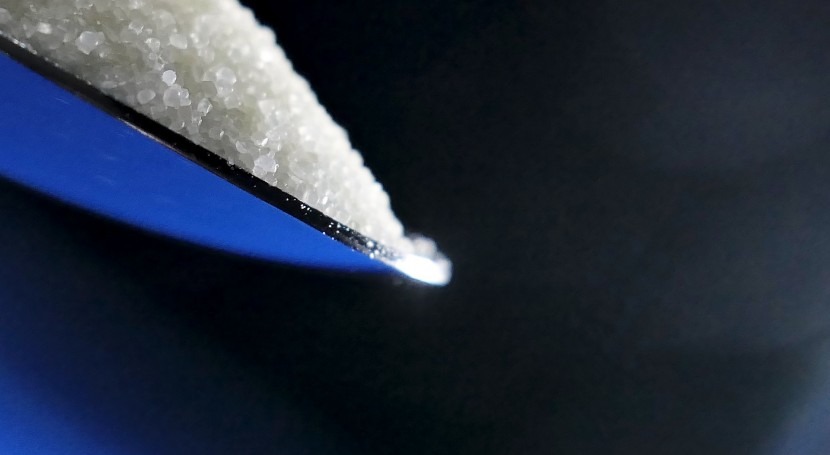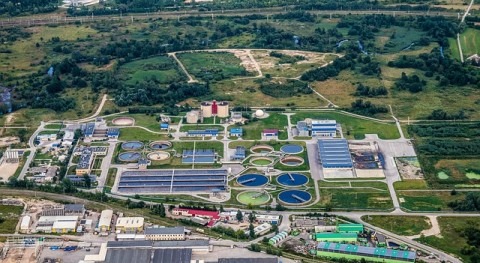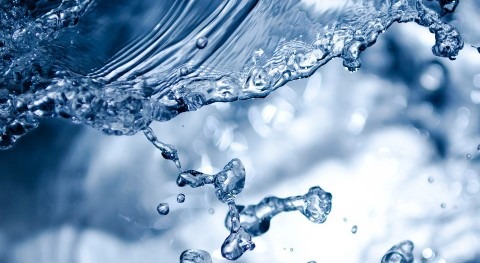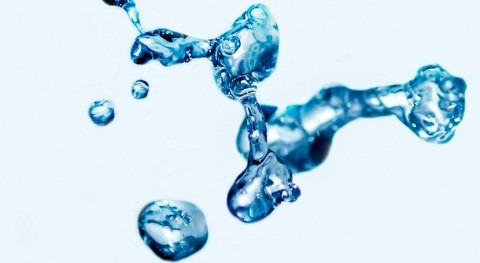What is reverse osmosis?

Reverse osmosis is a commonly used technique for seawater desalination.
1 . What is reverse osmosis?
Reverse osmosis is a technique used to purify water, among other uses. To do that, semipermeable membranes are used, made of materials such as substituted cellulose, polyamide, polysulfone and others.
Reverse osmosis allows the removal of suspended particles, such as univalent ions, up to 90-95%, divalent ions up to 95-99%, inorganic substances (aluminium, calcium, copper, iron, zinc, magnesium, sulphate or nitrate), organic compounds (pesticides, herbicides, etc.), microorganisms and pyrogens. The solute is retained, whereas the solvent passes through to the other side of the semipermeable membrane.
2 . How does the process of osmosis work?
The process uses diffusion, applying external pressure to overcome osmotic pressure (biological process of osmosis) to reverse the flow of solvent in a natural process of osmosis.







